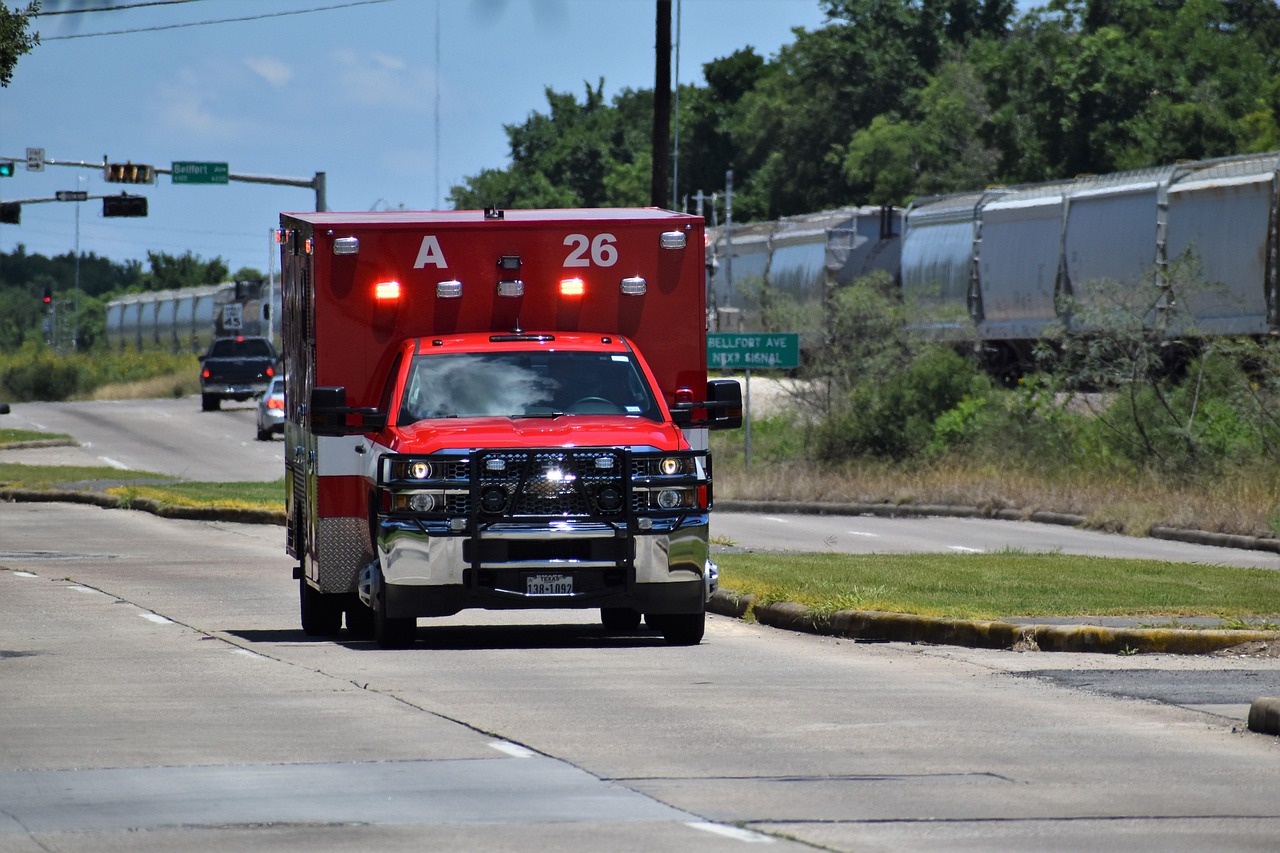CPH research sheds light on emergency cardiac care
Emergency responders more likely to use older airway approach
By Misti Crane

When first responders are working in the field to save the lives of patients who’ve suffered cardiac arrest, they’re often sticking with a traditional method of helping the person breathe, despite the availability and relative ease of a newer airway device.
Research led by Christopher Gage of The Ohio State University College of Public Health shows that when providing the patient with an airway device during cardiopulmonary resuscitation (CPR), endotracheal intubation, or ETI, is more commonly used than the relatively newer supraglottic airway device, or SGA. The research appears today, April 2, in JAMA Network Open.
“Which airway device someone gets has been highly scrutinized, and SGA use has really taken off in the past decade” said Gage, who is a PhD student at Ohio State.
An endotracheal tube goes directly into the trachea to provide oxygen, whereas the SGA is positioned above the trachea and indirectly blows air into the lungs.
Studies into which approach is better for patient health outcomes have been inconclusive and the research prior to this study left questions about which has been employed more often in the field throughout the country, Gage said.
He and his colleagues analyzed records from the National EMS Information System from 2018 to 2023. The study included more than 765,800 patients who had experienced one or more attempts by emergency responders to provide an airway device. ETI was used in about 82% of cases in 2018 and still represented the bulk of cases — more than 69% — in 2023.
“Looking at this national dataset, we showed that ETI is still used more often even though some research has suggested SGA is easier to use and requires less training,” he said.
Other Ohio State researchers who worked on the study are Jacob Kamholz, Jonathan Powell, Henry Wang, and Ashish Panchal.
About The Ohio State University College of Public Health
The Ohio State University College of Public Health is a leader in educating students, creating new knowledge through research, and improving the livelihoods and well-being of people in Ohio and beyond. The College's divisions include biostatistics, environmental health sciences, epidemiology, health behavior and health promotion, and health services management and policy. It is ranked 22nd among all colleges and programs of public health in the nation, and first in Ohio, by U.S. News and World Report. Its specialty programs are also considered among the best in the country. The MHA program is ranked 5th and the health policy and management specialty is ranked 21st.